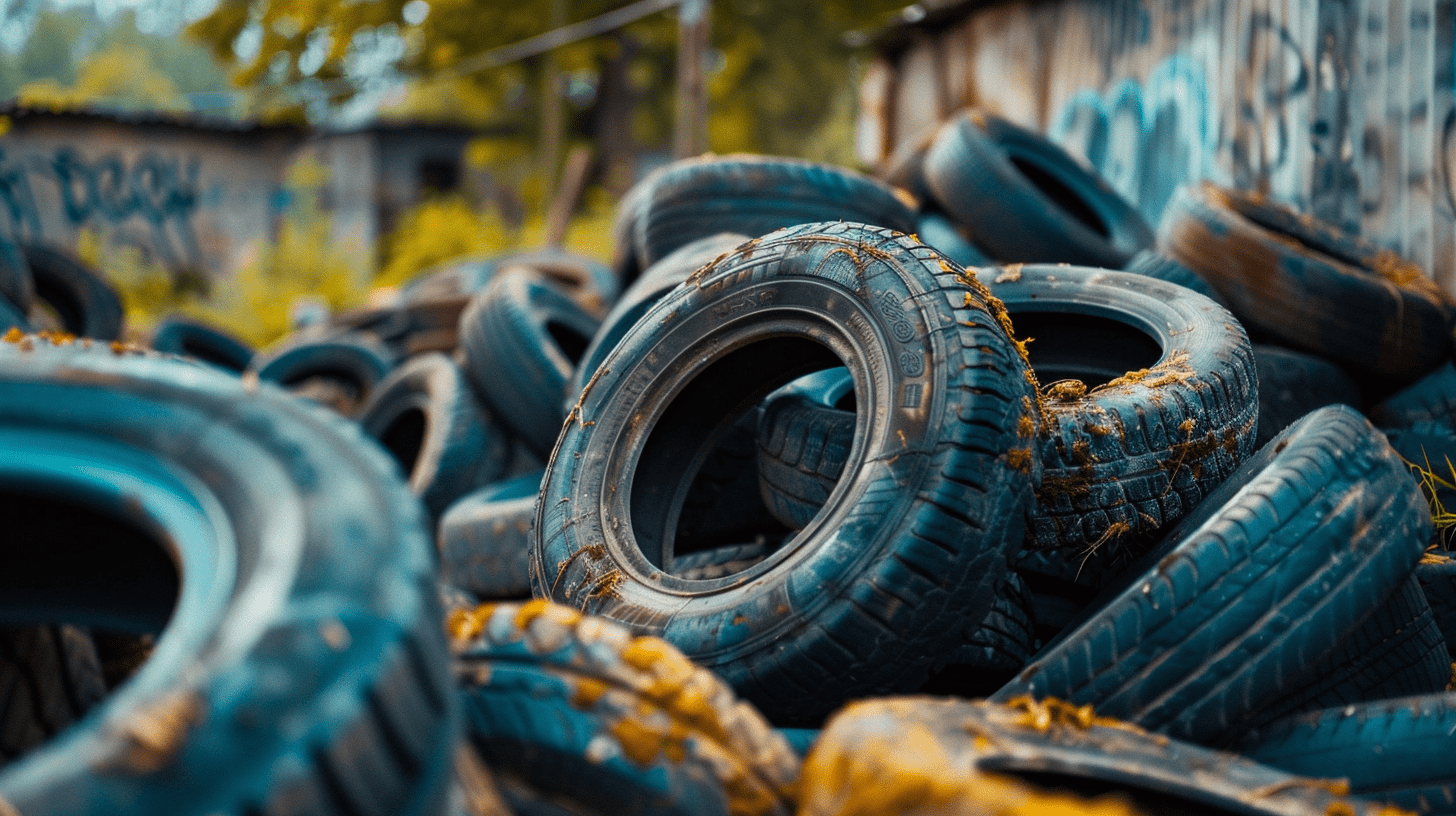The Circular Economy
Learn what the circular economy is, how it reshapes our approach to consumption and waste, and the environmental benefits it offers.

The Linear Economy and Its Systemic Challenges
The linear economy follows a straightforward path: extract raw materials, manufacture products, use them, and dispose of them. This model has driven industrial growth for decades, but it is increasingly associated with overconsumption, resource depletion, and environmental harm.
Globally, the use of natural resources has more than tripled in the last 50 years, and waste generation continues to grow. Single-use products, fast fashion, and planned obsolescence contribute to landfills and pollution. Once materials reach the end of their use, they are often discarded without recovery, placing additional pressure on land, water, and air systems.
These impacts can be seen in deforestation, rising greenhouse gas emissions, and the accumulation of plastics in the oceans. The linear economy's reliance on a "take-make-waste" pattern is increasingly unsustainable in a world with finite resources and interconnected environmental systems.